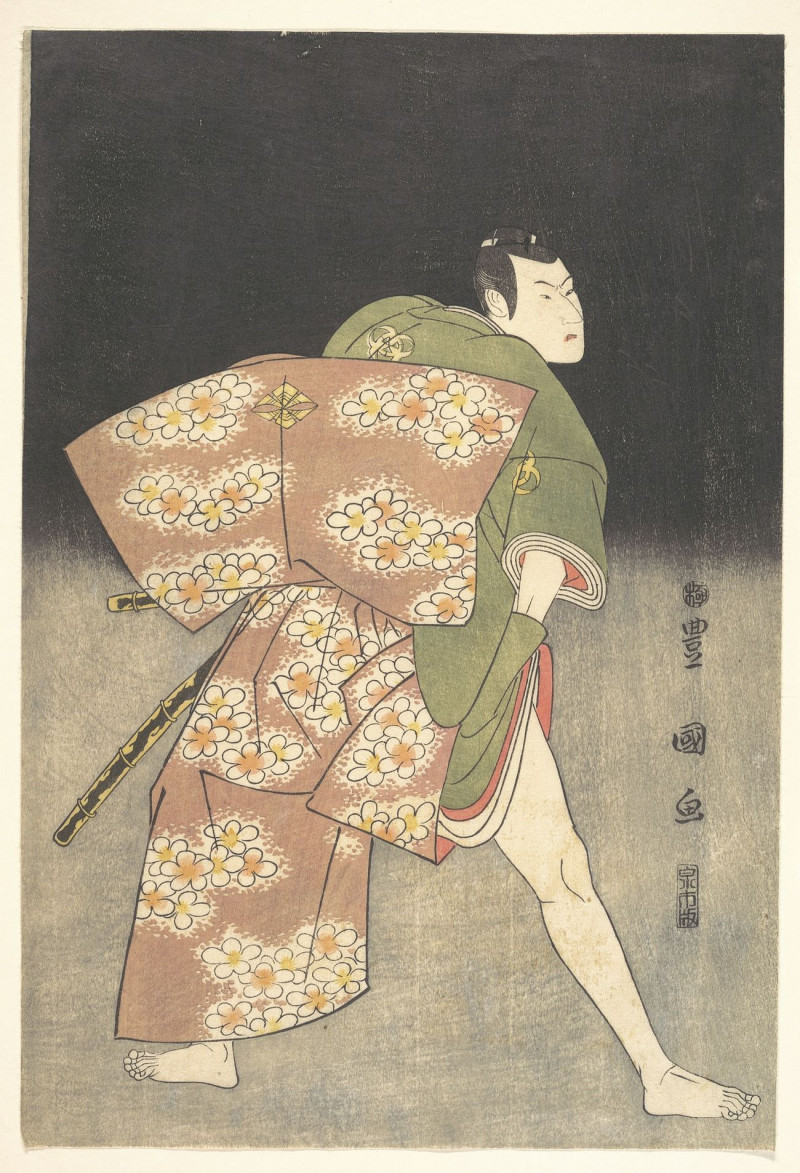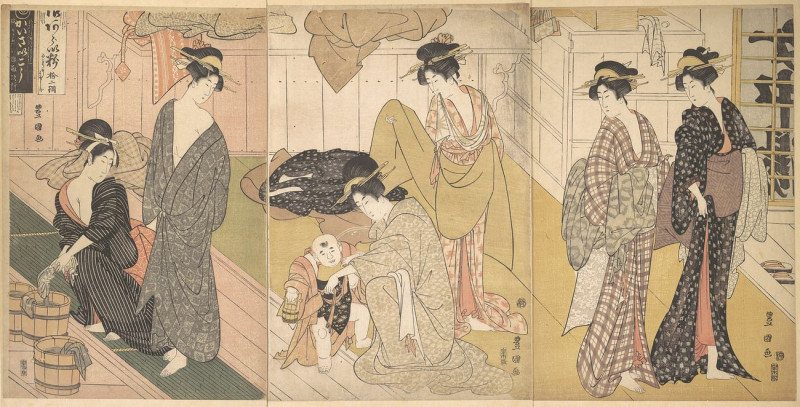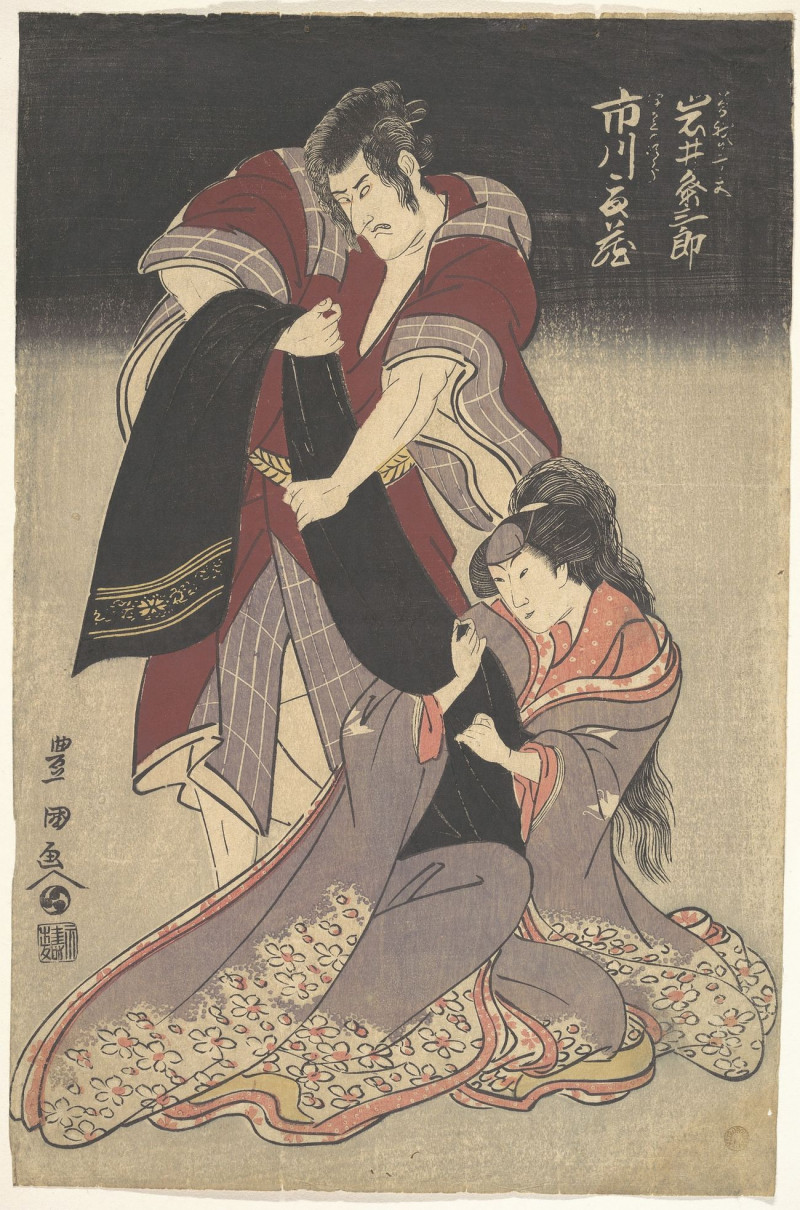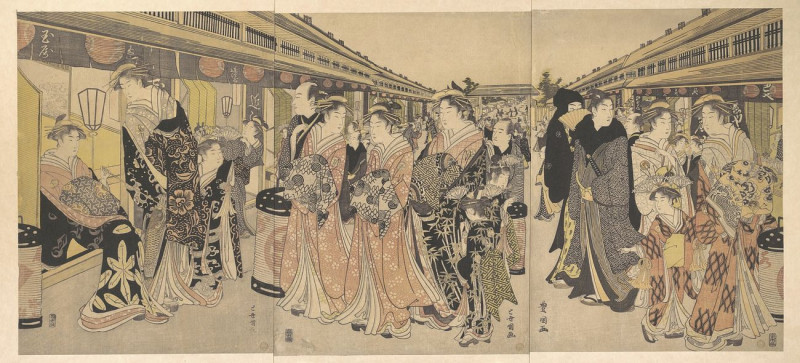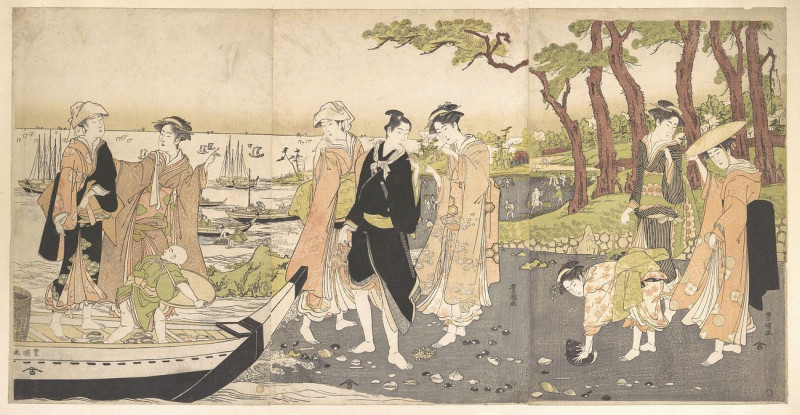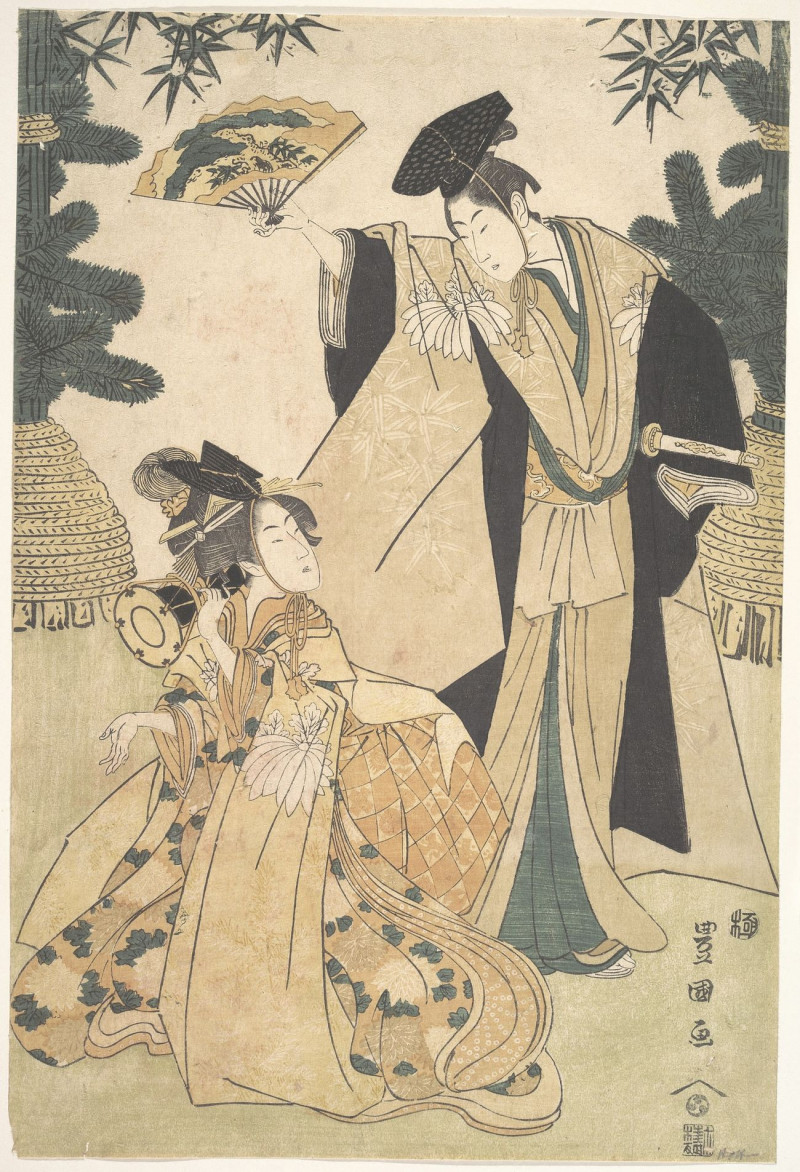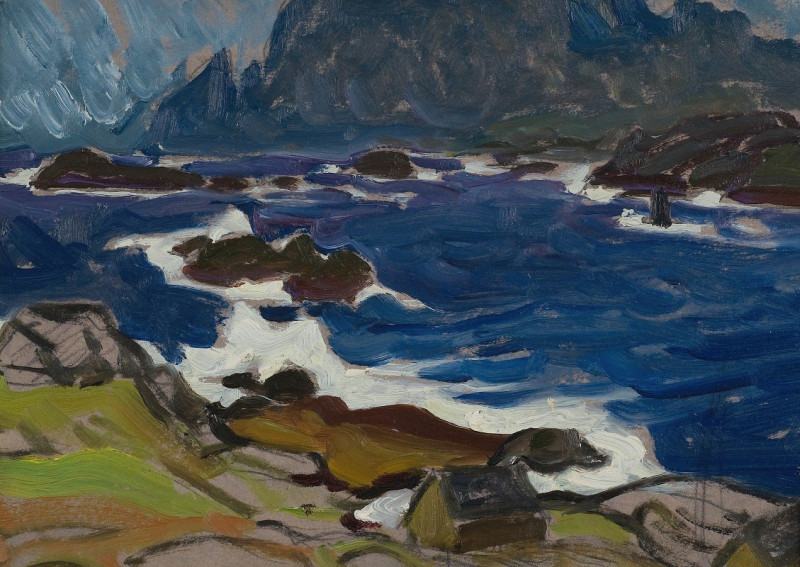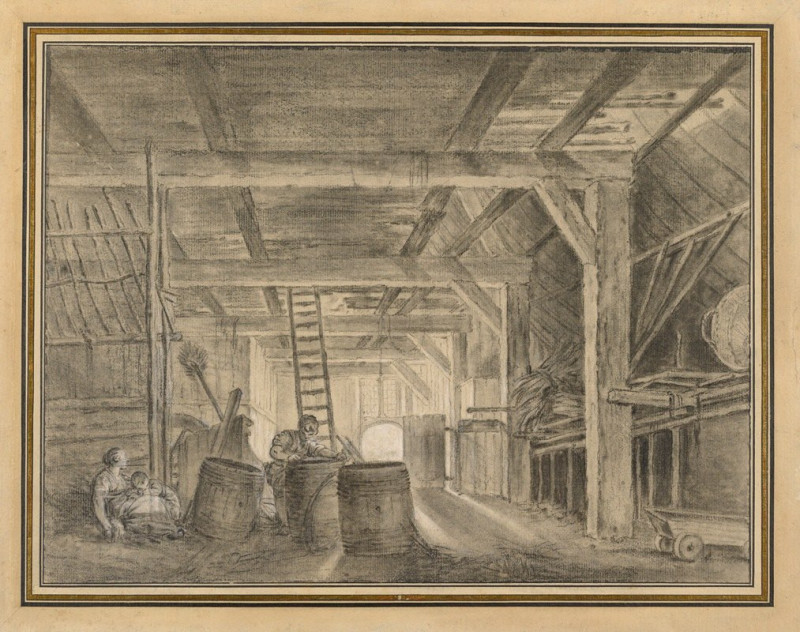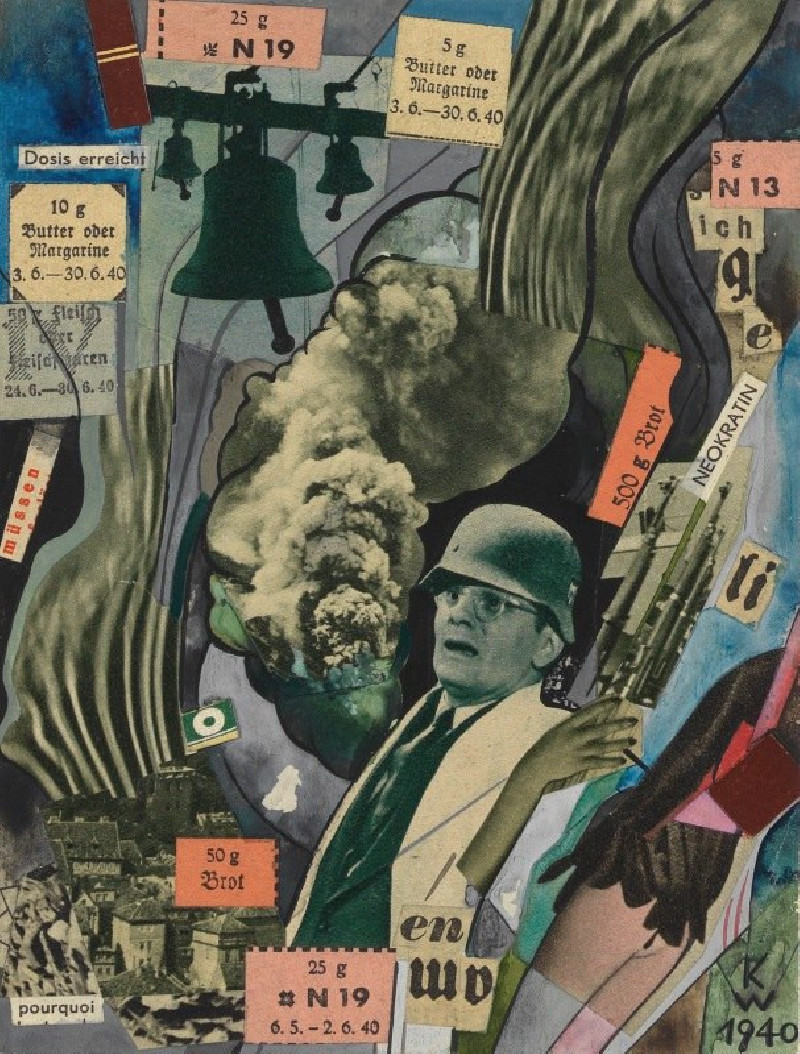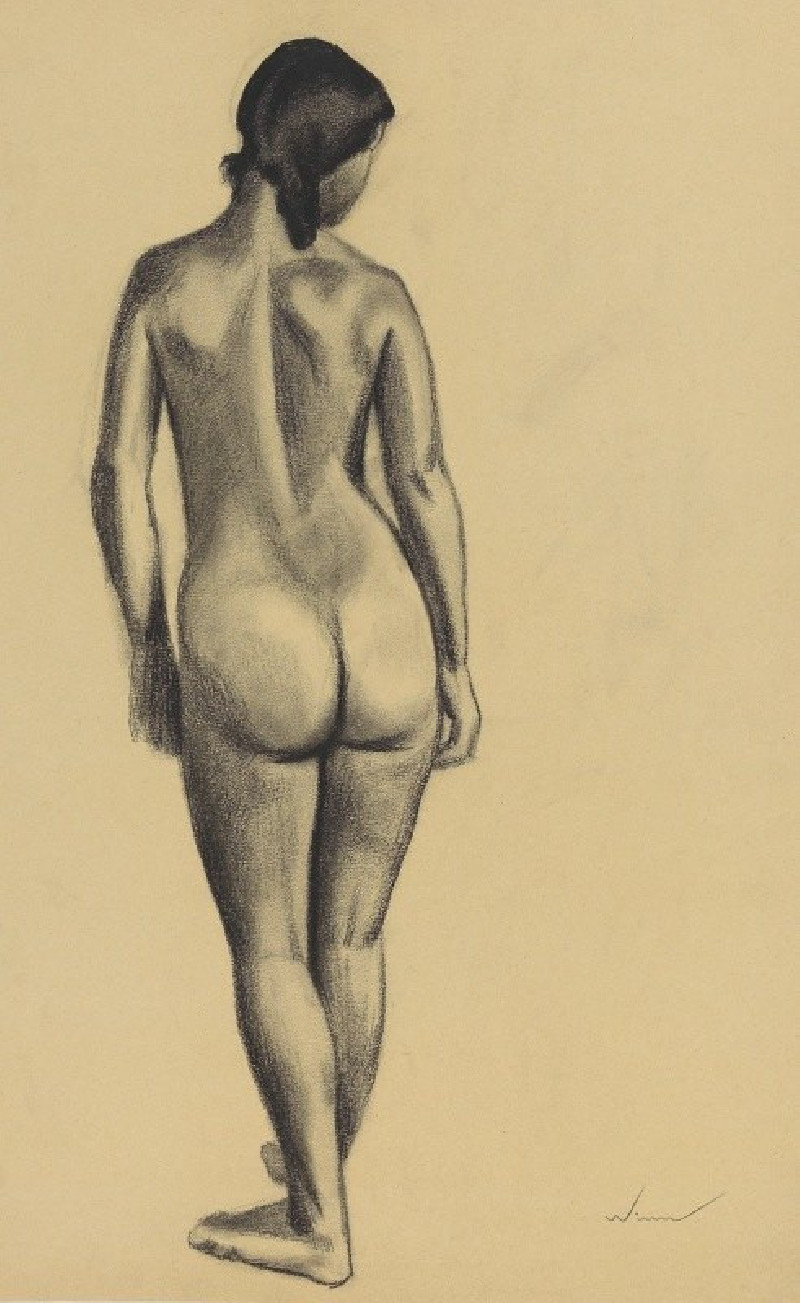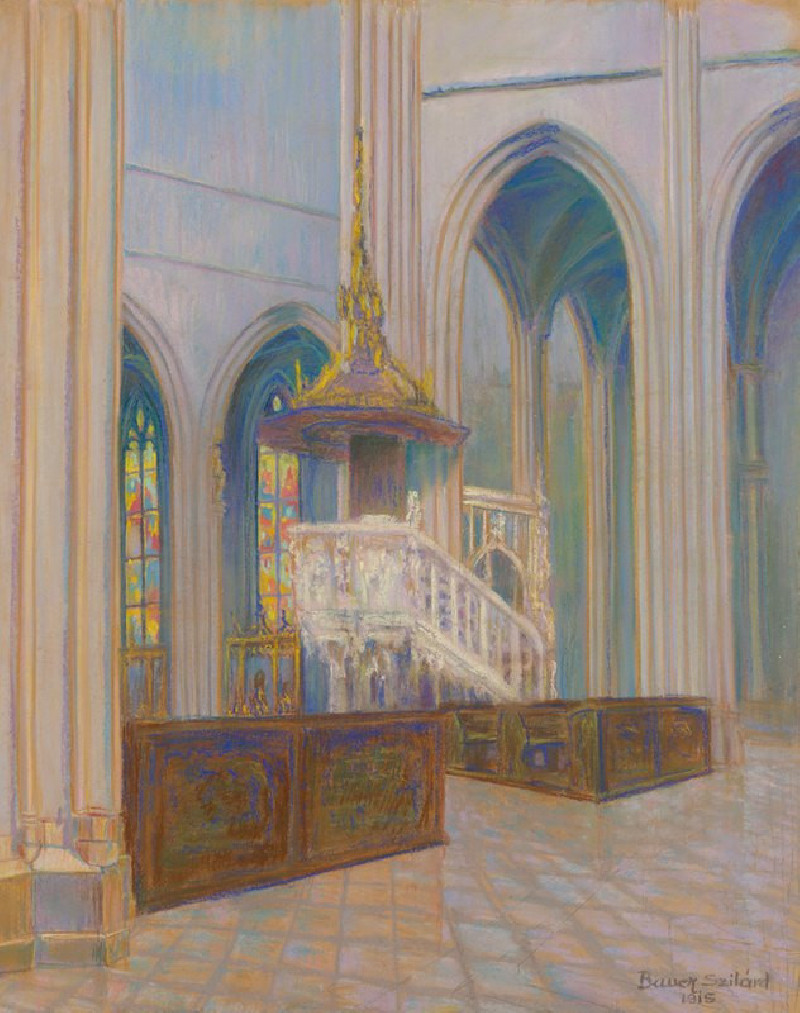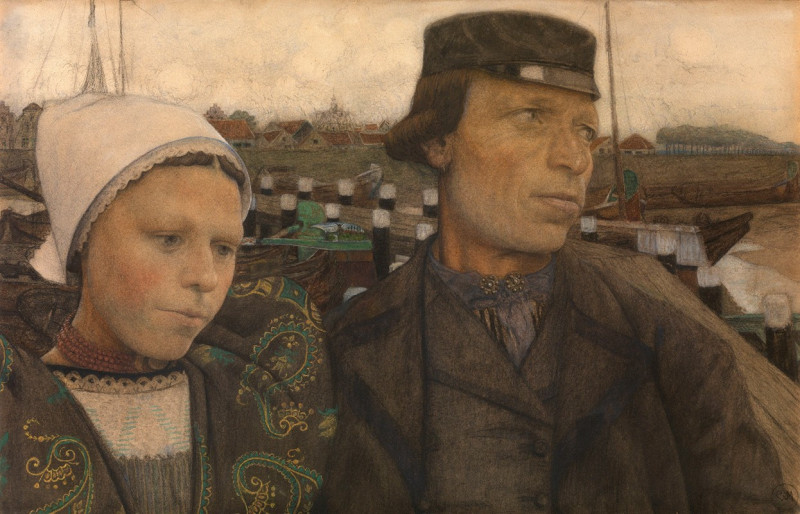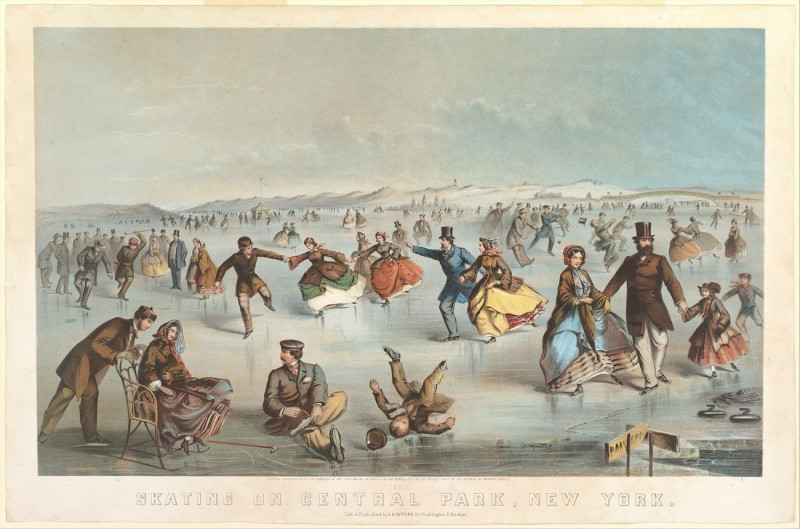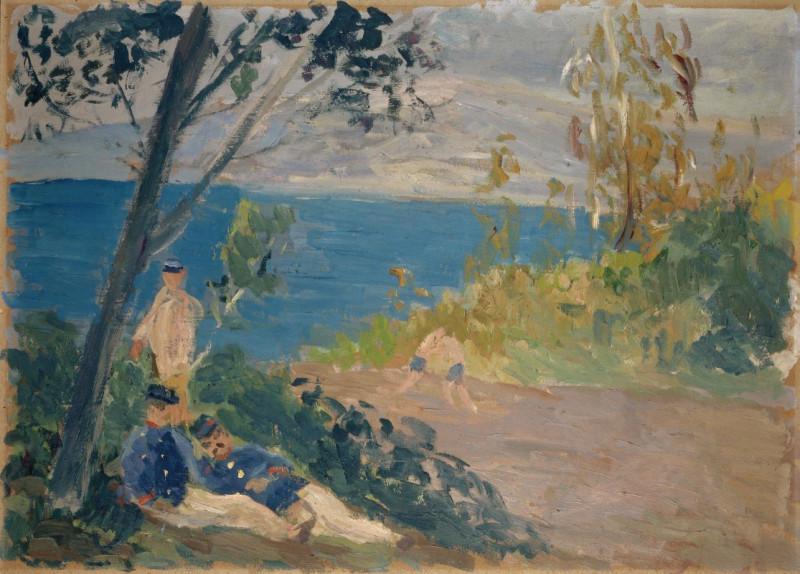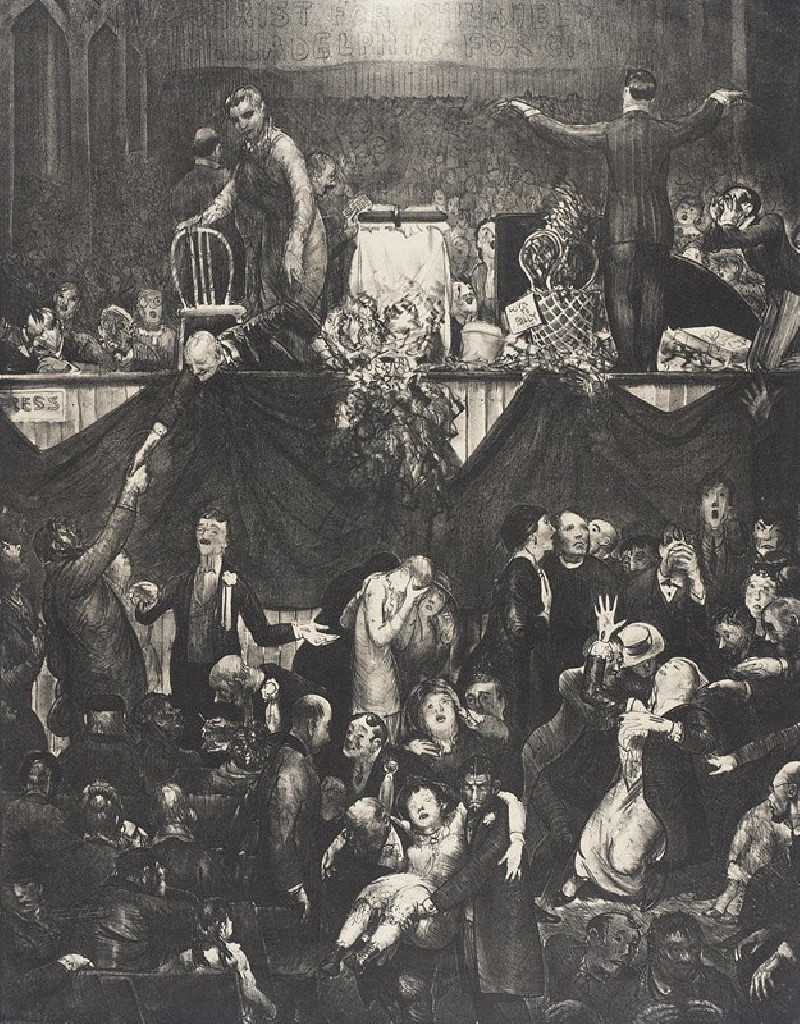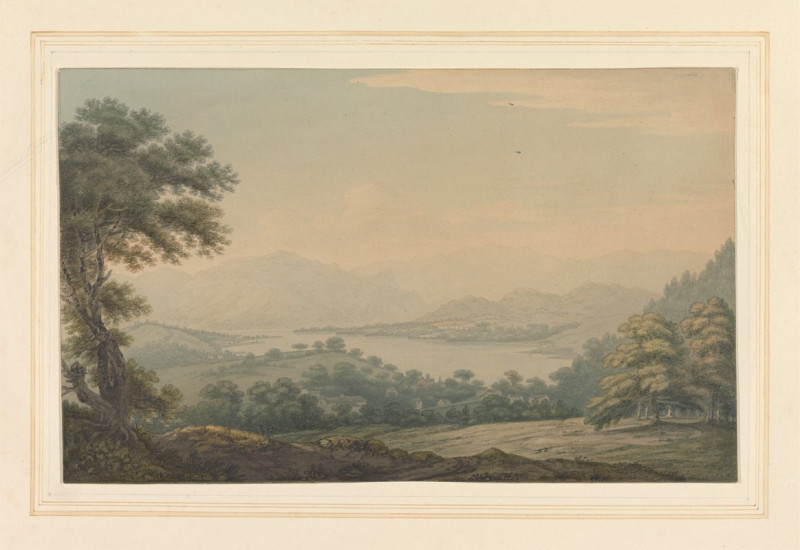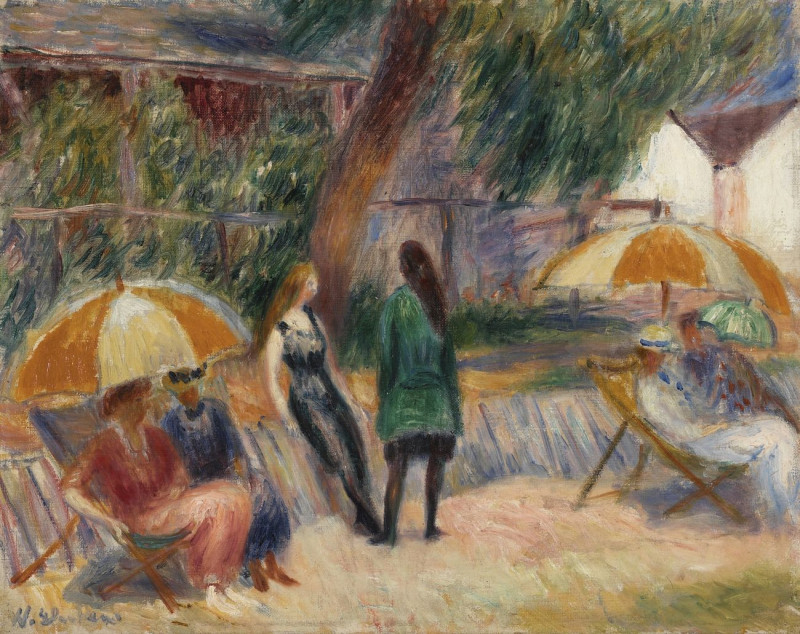Representation Of The Dance-Play Dōjōji"
Technique: Giclée quality print
Recommended by our customers
More about this artwork
This painting, "Representation of the Dance-Play Dōjōji" by Utagawa Toyokuni, beautifully captures a scene from a well-known Japanese dance-drama. The composition is delicate and sophisticated, using a fan as a central element on which the image is portrayed. The fan features illustrations of two characters from the play, likely dancers, dressed in traditional and heavily ornate kimonos. Their poses suggest a moment of dramatic action or an emotional peak in the performance.The characters are drawn with keen attention to detail, emphasizing the elaborate costume designs and the expressive nature of their poses. The woman (or possibly a man performing a female role, as was common in traditional Japanese theater) is depicted with a striking headdress and a vibrantly patterned kimono, conveying a sense of her importance or role in the dance-play.Additionally, there are Japanese characters inscribed to the right of the fan. These might indicate the title, the playwright, or perhaps verses associated with the drama that provide more context or enhance the overall emotional tone of the scene. The understated color palette outside the fan—mainly the muted background—helps in drawing the viewer's eyes directly to the vivid scenes painted on the fan itself.Overall, Utagawa Toyokuni uses this piece to blend traditional Japanese artistry with storytelling, showcasing his skill in capturing the essence of theatrical performances through the visual medium of painting.
Delivery
Returns
Utagawa Toyokuni (1769-1825) was a prominent Japanese woodblock printmaker and painter of the Edo period. Born in Edo (now Tokyo), he was the chief disciple of Utagawa Toyoharu, a well-respected printmaker. He specialized in kabuki theater prints, which depicted famous actors in performances and featured dramatic scenes from plays. In addition to kabuki theater prints, Toyokuni also produced portraits of geishas, landscapes, and scenes from everyday life. He eventually became a leading master of the Utagawa School.


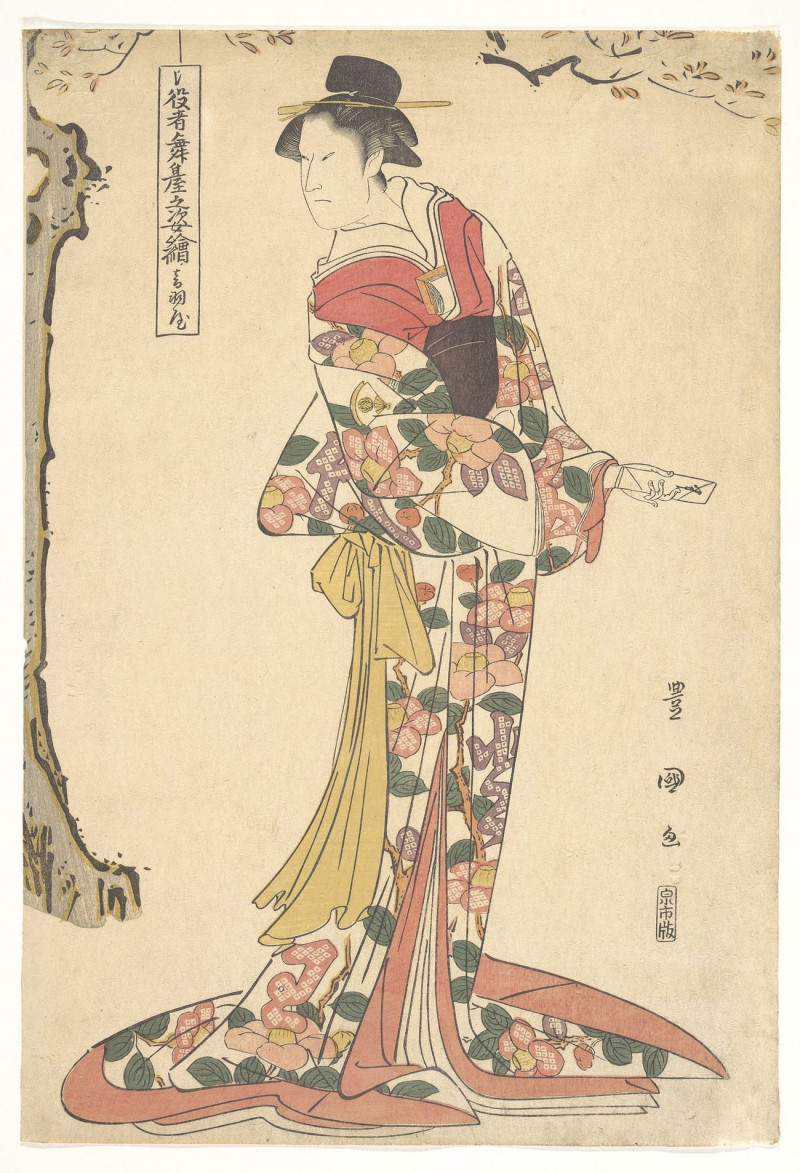
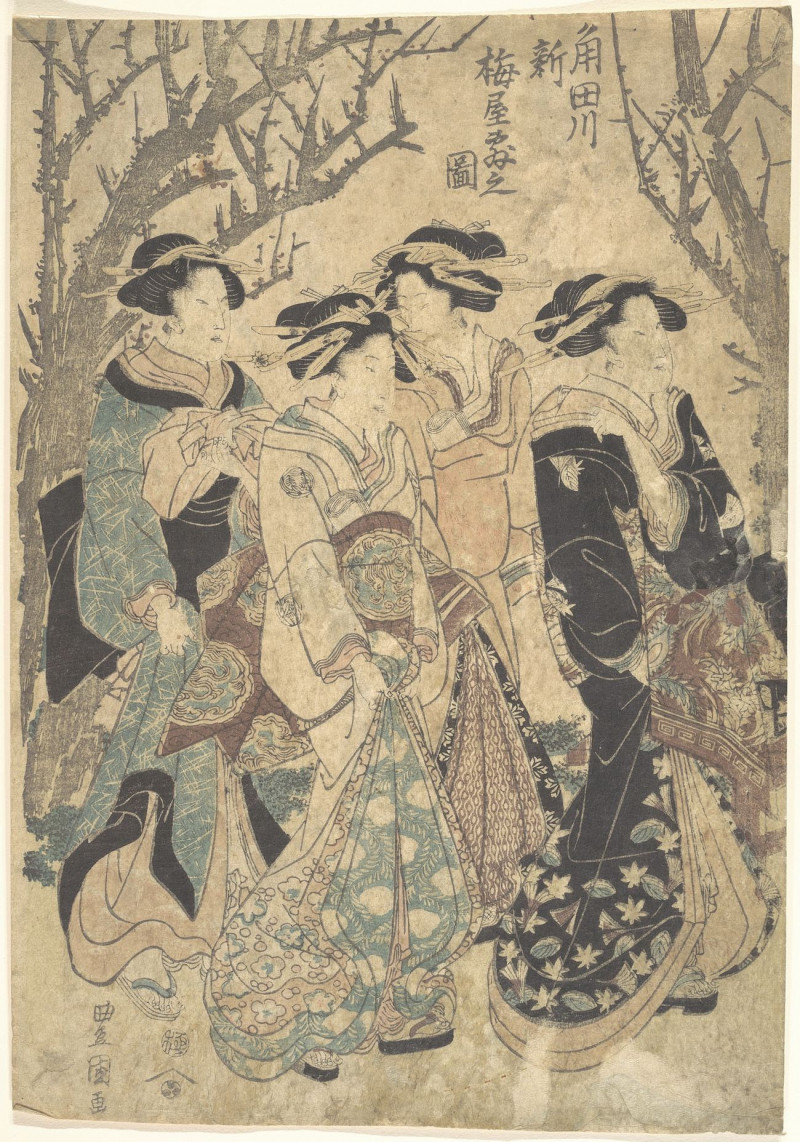


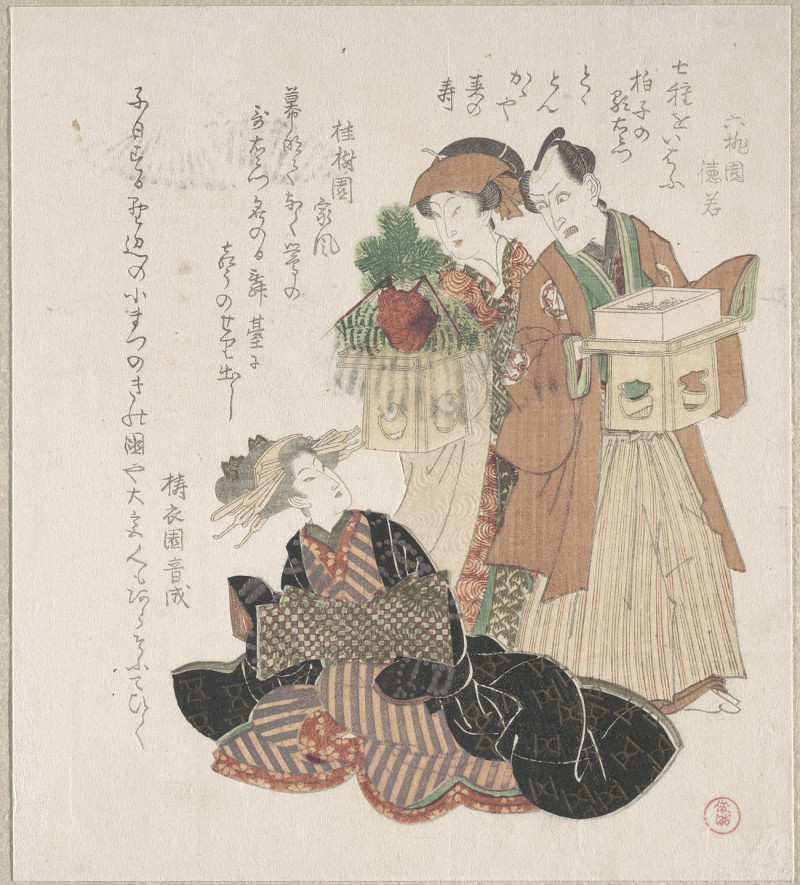
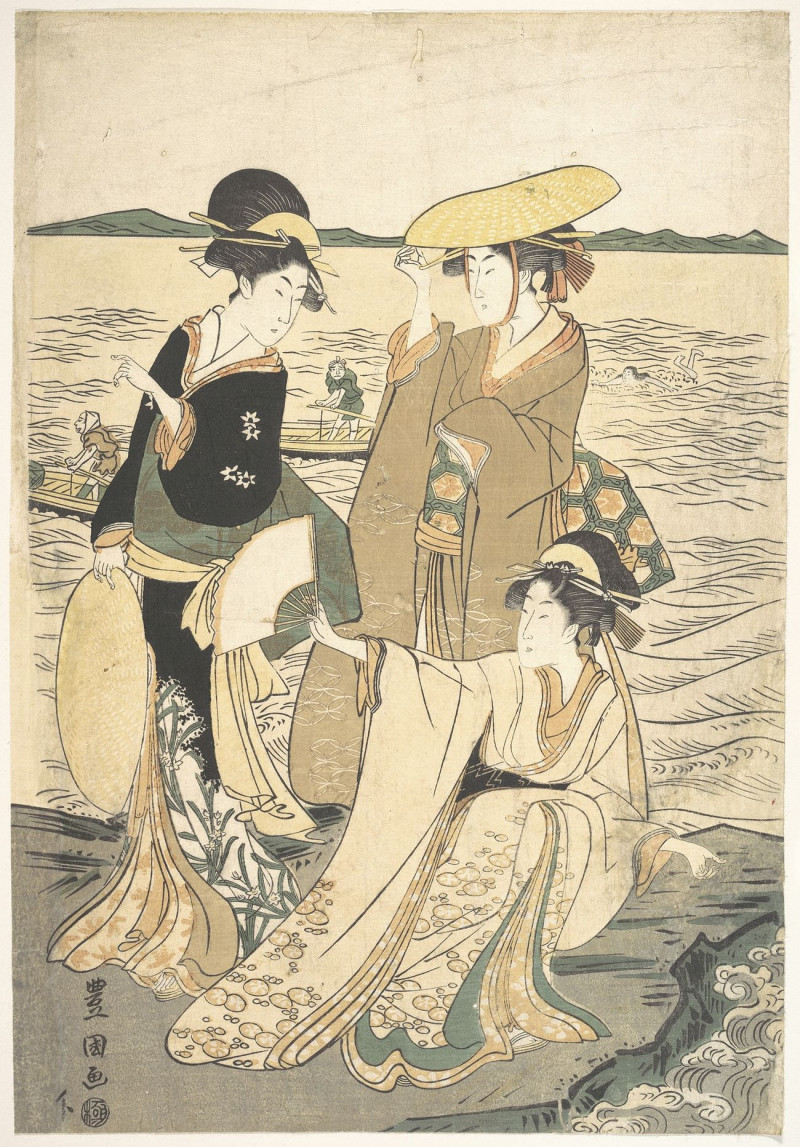
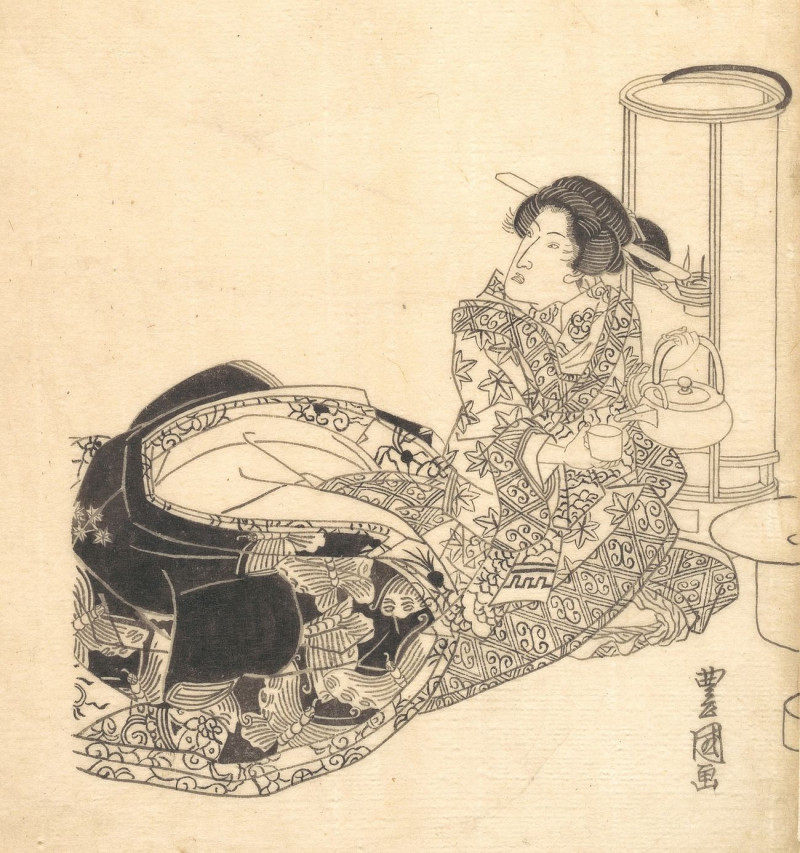

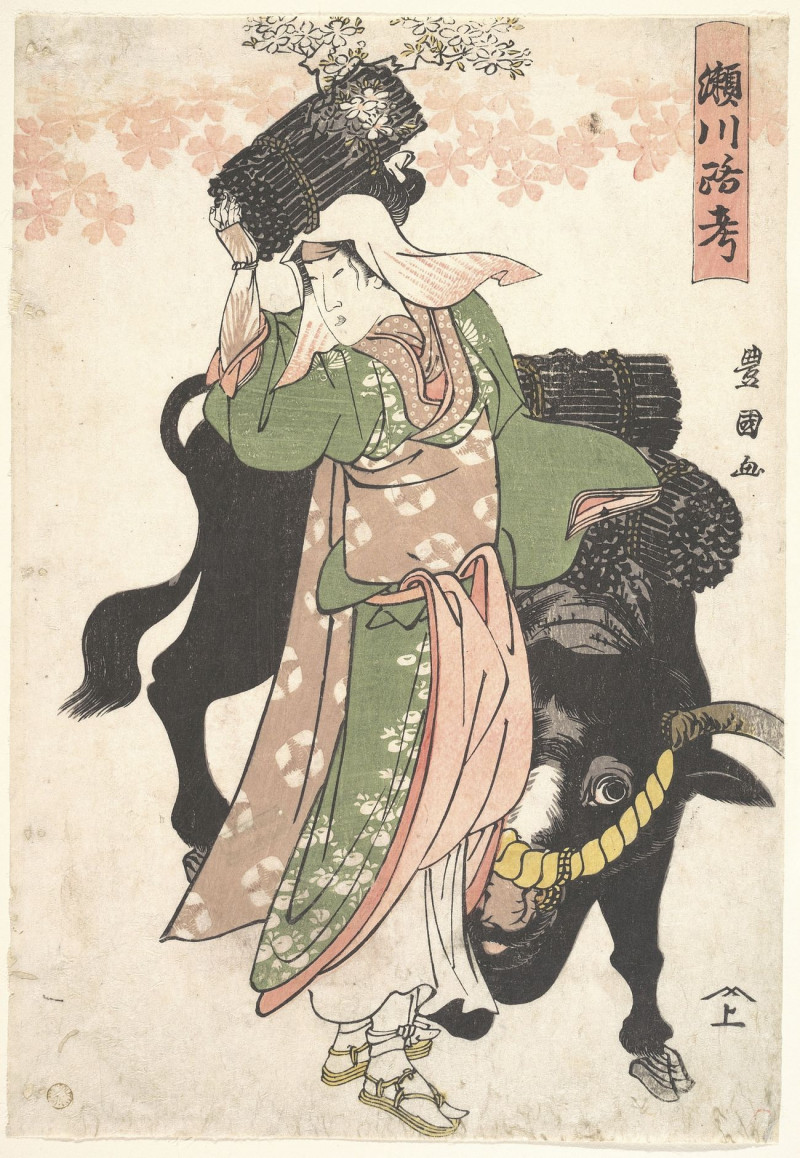
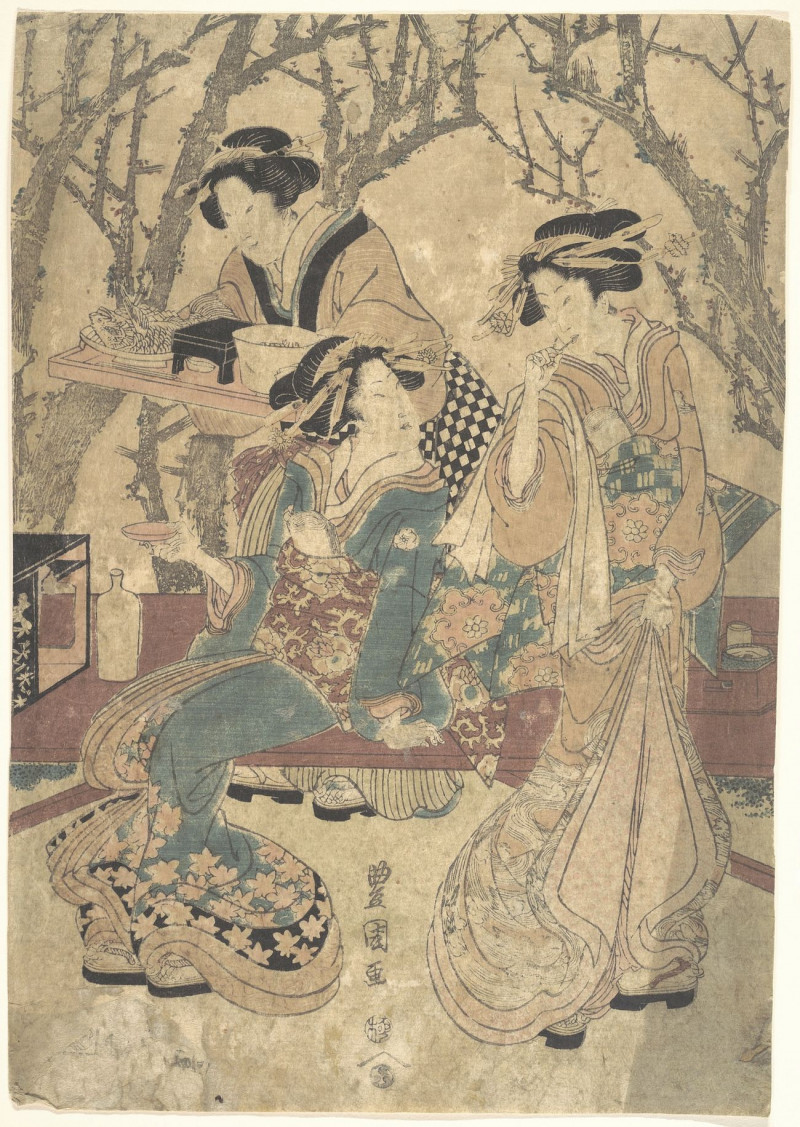
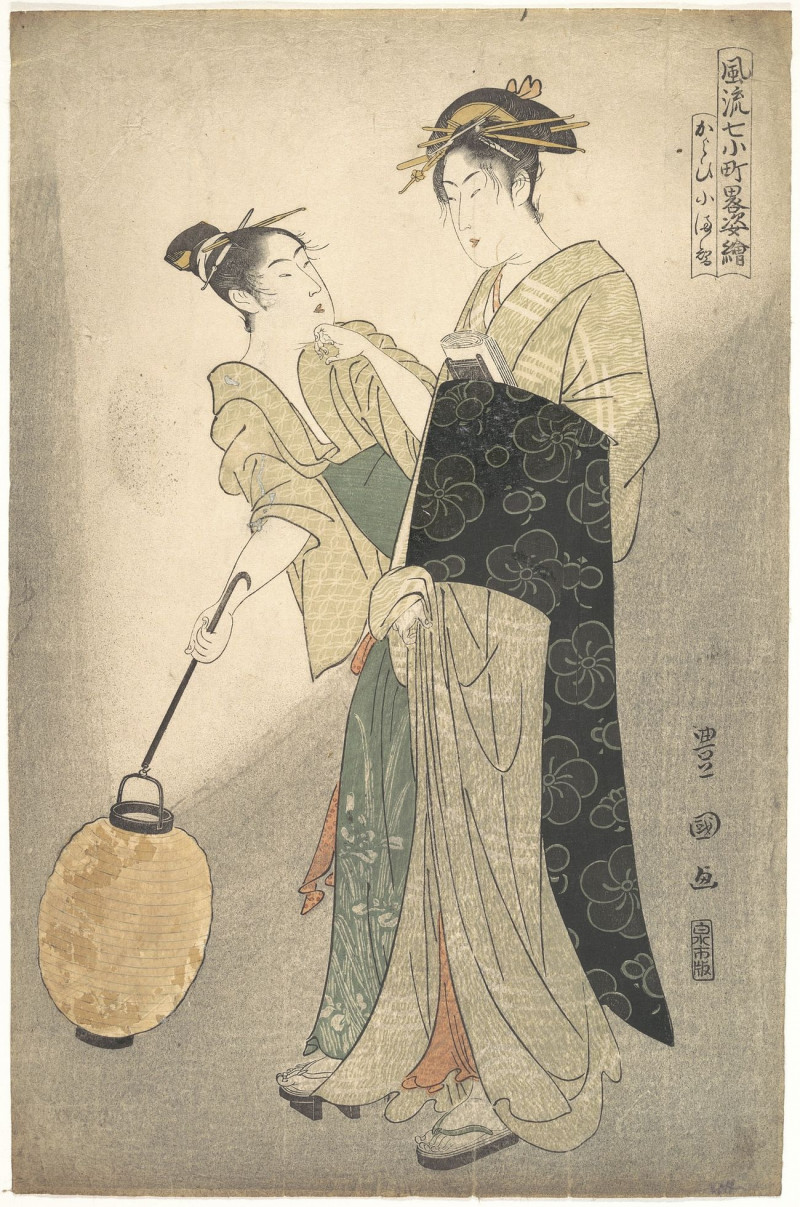

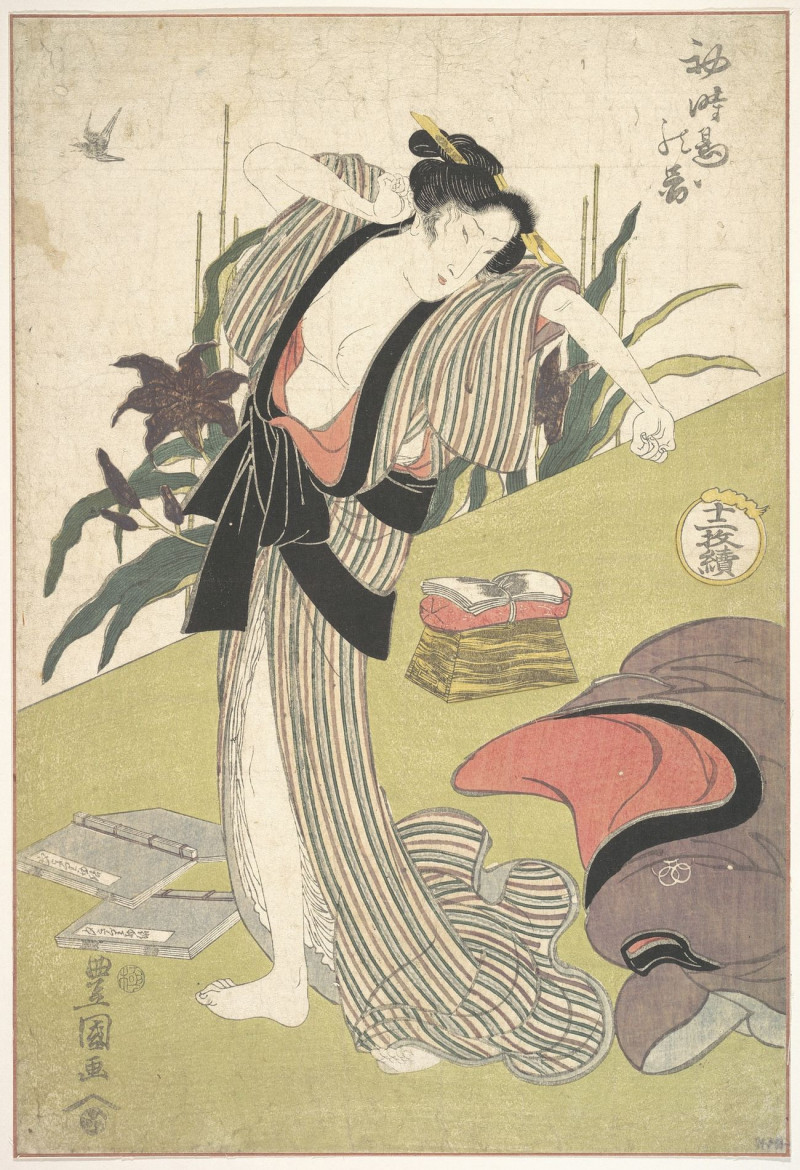

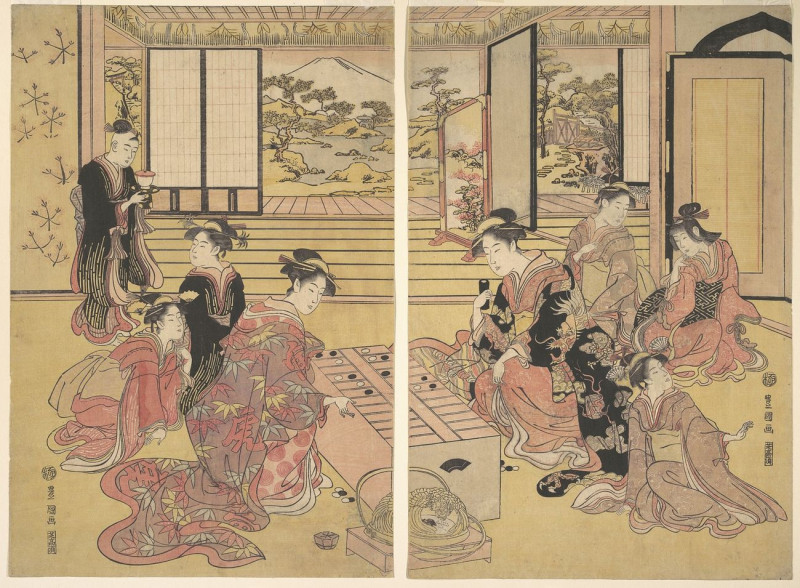

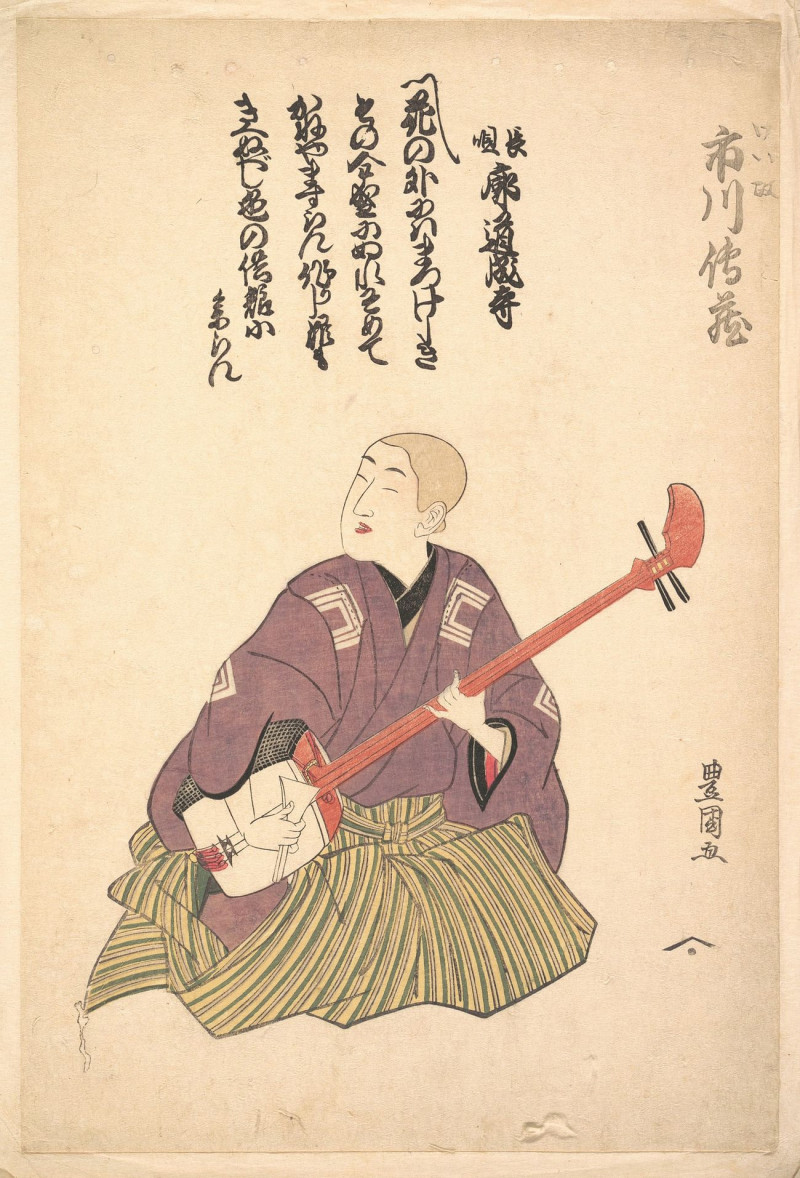

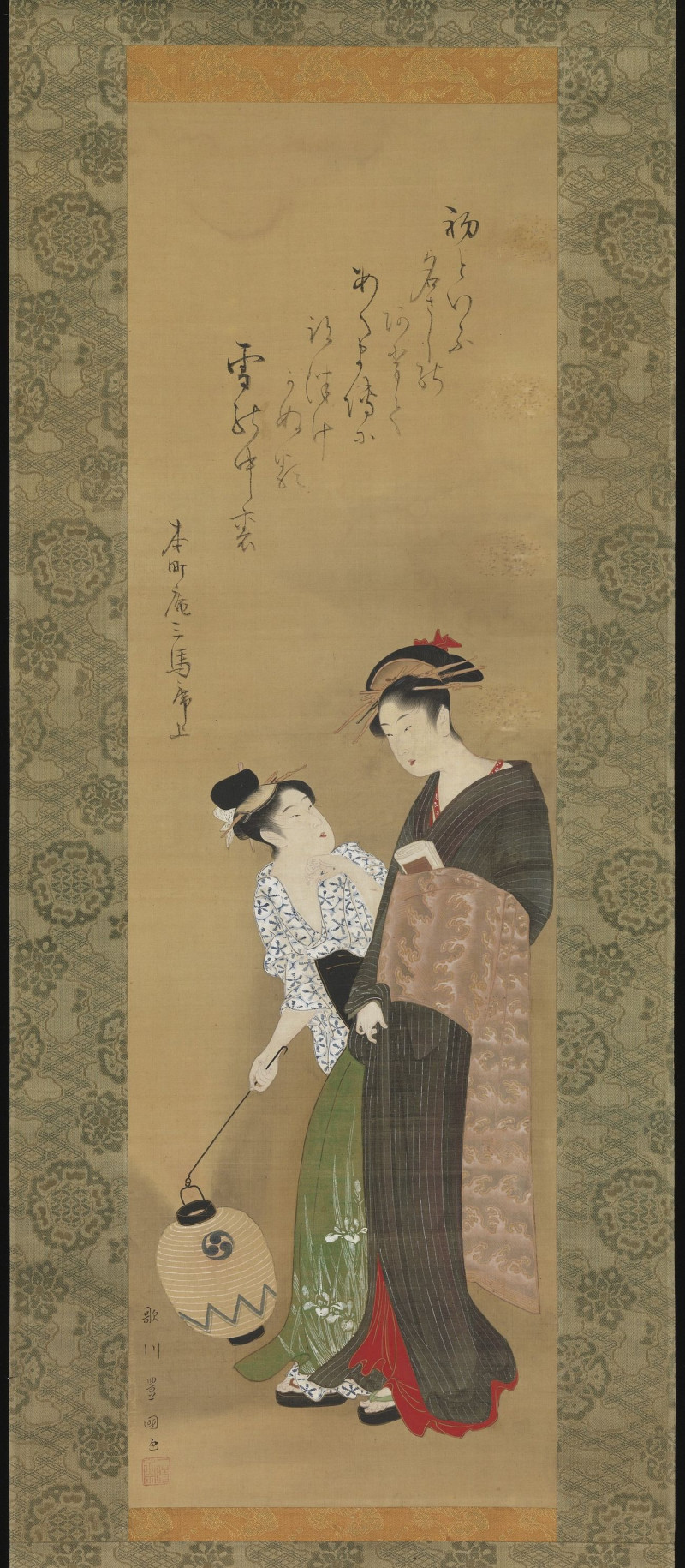
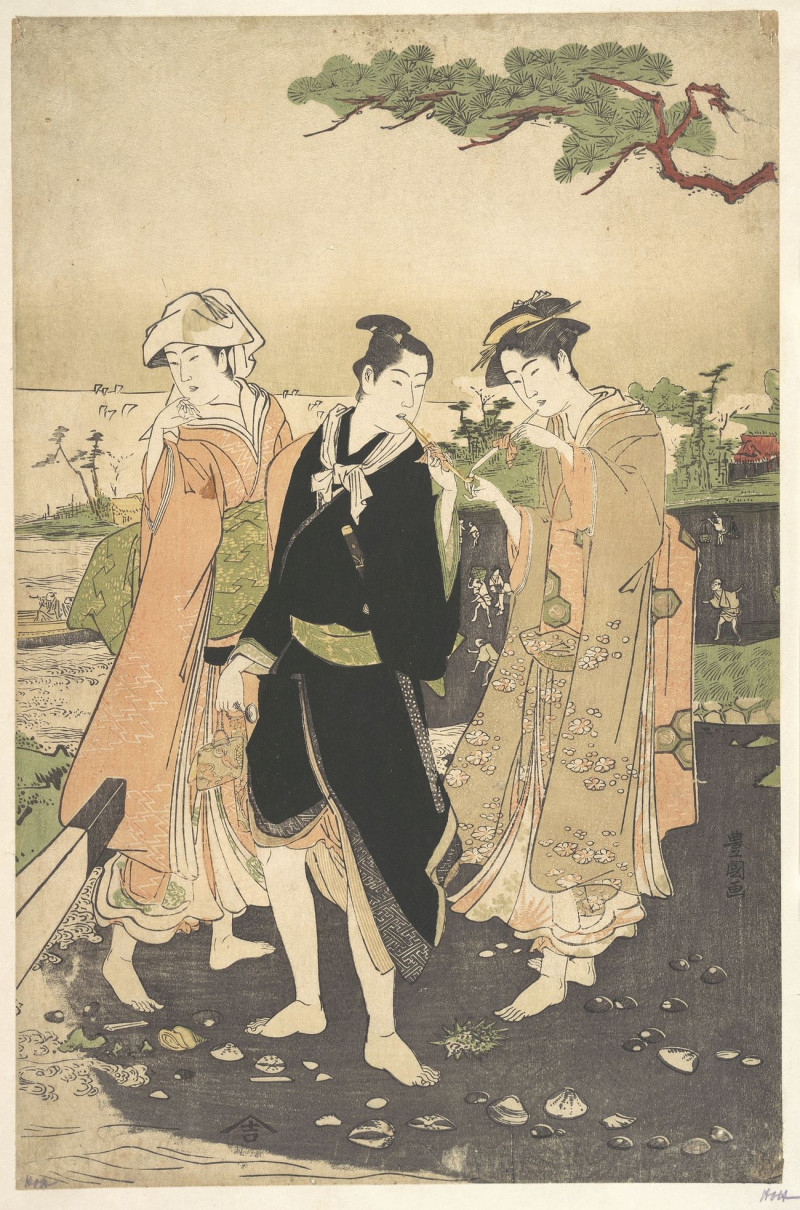
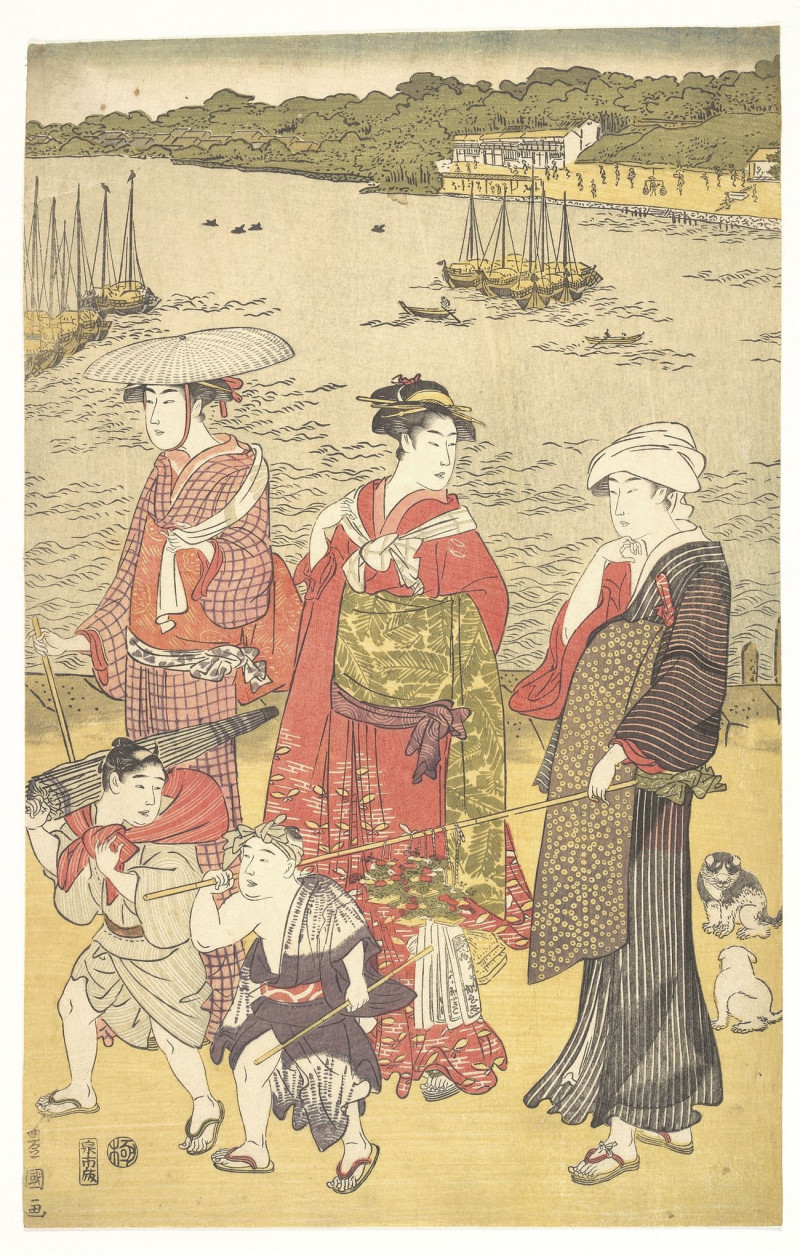
![Amusements Of Kabuki Actors Of The “Third Floor” [Dressing Room] reproduction of painting by Utagawa Toyokuni. ALL GICLEE PRINTS](https://reprodukcijos.lt/32918-large_default/reproduction-of-amusements-of-kabuki-actors-of-the-third-floor-dressing-room.jpg)
